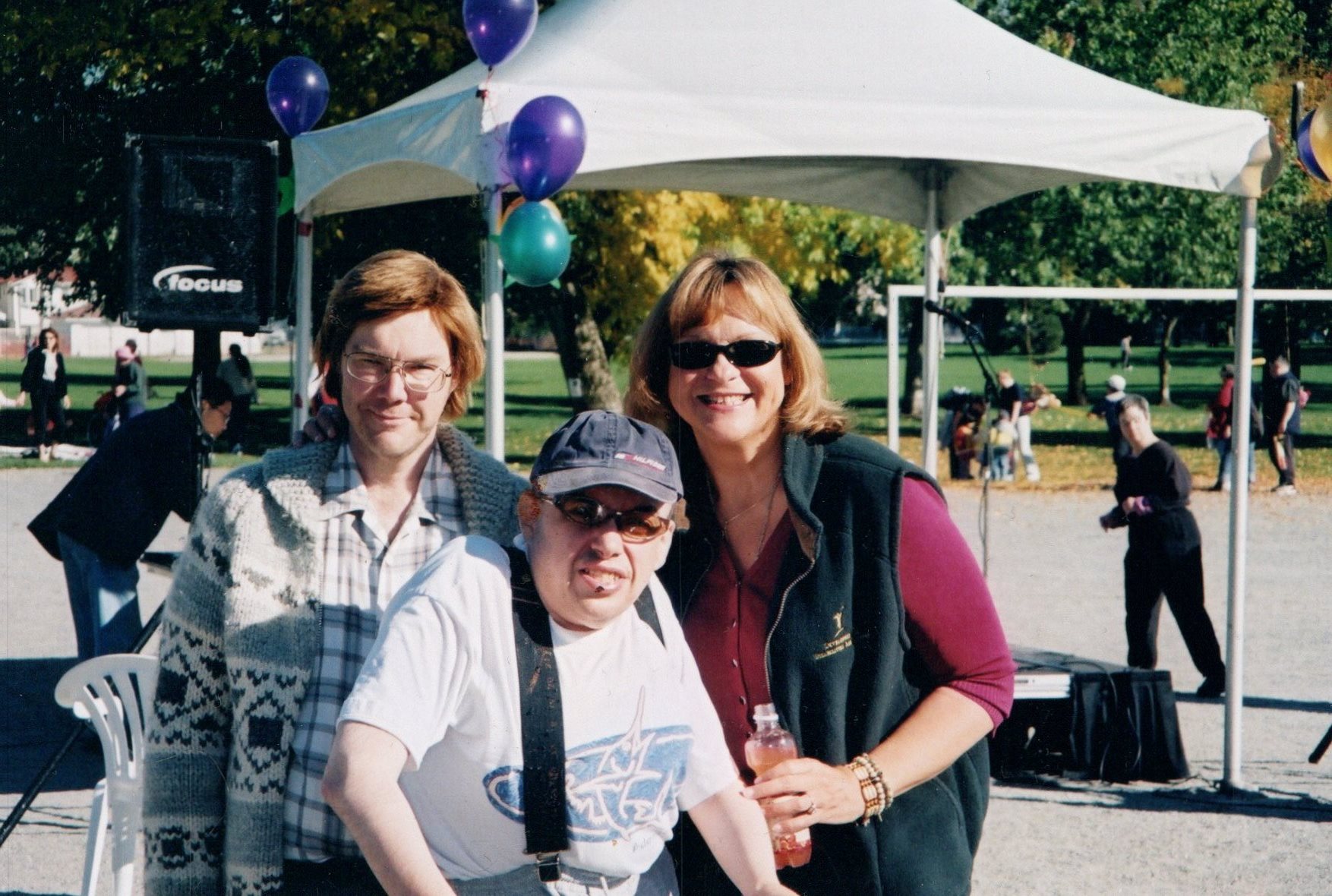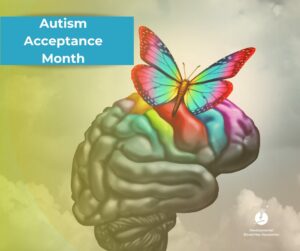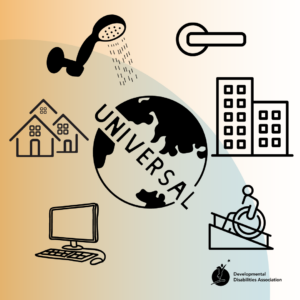By: Alanna Hendren
This year marks my 40th year supporting people with intellectual, cognitive and developmental disabilities in British Columbia. I sometimes complain that we are battling the same problems that we faced 40 years ago and in many ways we are, but reflecting back on the past 4 decades reminded me how far we have come. We really did change the world and it changed us, we succeeded and we failed and we faced new challenges we could never have imagined.
In North America, civil, women’s and disability rights activists led a charge that resulted in the 1975 United Nations Declaration on the Rights of Disabled Persons, but there was no legislation to enforce these rights anywhere. DDA and other associations formed by families in the 1950’s provided small pockets of supports to children with developmental disabilities in urban centers but otherwise, the great majority of parents sent their children to residential institutions, called ‘hospitals’ or by 1980, ‘schools’. Woodlands School in New Westminster had about 800 residents at the time – 75% were labelled ‘severe’ or ‘profound’ – and about 1200 staff. Many infants were dropped off anonymously in baskets at the doors of the institutions. In the meantime, local family associations like DDA (or the North Shore Association where I started after a summer job at Pearson Hospital) united to promote education for their children. By 1980, some school districts had assumed limited responsibility for segregated ‘special’ schools however the B.C. School Act was not revised to entitle all school-aged children a full education until 1990.
When I got my first job as a front line staff, I was told that our job was to help people with ‘mental handicaps’ live in the community just like everyone else. To a large extent, this is what I (and all of us at DDA) still do today. In 1980, almost all the jobs in the community today did not exist because all the funding was tied up in institutions. Local Associations employed very few staff and stretched each one to the limit due to lack of funds. There were no inclusive schools, so special education assistants were unnecessary. Sheltered workshops ‘employed’ adults with intellectual/developmental disabilities but only received $1.10 per client hour in funding, enough to pay for one staff for every 10 to 12 clients to give parents a break from caregiving.
By the time institutions closed in 1996 we were able to secure funding and created courses to train professionals in every area represented today. Teachers learned about inclusion and physicians learned about the unique issues facing people with genetic and other disorders they hadn’t experienced before. Community support workers proliferated. Where generic services could not adapt, we created specialized service teams until we could develop community capacity. We received generous BC Housing funding to buy homes and we implemented some of the first employment programs. Because funding moved from the institutions into the community with the residents, the money once attached to institutional ‘patients’ (and all that has been added since) continues to support people with disabilities today.
When a baby is born with a developmental disability today, or should a child be diagnosed with a neuro-disability later in childhood, their parents no longer need to sit and consider an admission to a provincial institution because there is no other support. Parents are no longer told to forget they ever had this child. While stigma still exists and full inclusion is still elusive, we have come a long way. Infant Development professionals offer assistance to families that has been described to me as “life-saving” and “priceless”. Augmented with appropriate therapies, these services prevent two-thirds of the children referred from ever needing adult services. Inclusive childcare did not exist in 1980 but today I often can’t tell if any of the kids on the playground have a disability.
Helping people with developmental disabilities live in the community has improved beyond our wildest expectations, but the bureaucracies that support this ambition have only become more convoluted and complex. In some cases our challenges truly have grown in scope – autism has increased from 4/10,000 in 1980 to 1/58 today and unaffordable housing is a major barrier to community inclusion – but many contemporary problems are due to the proliferation of complex, uncoordinated bureaucratic systems that exclude many families from receiving assistance. In 1980, there were positions called ‘social workers’ who met with families and became their point of contact for disability services and referrals. Families had a contact who was responsible for their ‘case’ – a person who understood their unique issues, where supports were available, all the systemic barriers and how to overcome them. Families today have been forced to become their own social workers with predictable results. Their access to services is limited because many don’t know where to go, what to expect or what they need, and often their choices are extremely limited.
All in all, our march towards inclusion has paid off big time in the lives of those we support. Social services, education and health professionals were able to make a way when there was no way and found answers to problems we thought were insurmountable. However, nothing would have been possible without the tireless advocacy of families for whom supports can disappear at the stroke of a politician’s pen. Today there is still no community living legislation that offers entitlements, making government programs, such as community living, voluntary. People with intellectual/developmental disabilities can still be abandoned without recourse. Families and self-advocates need to continue their political activities with vigilance until the day everyone gets the support they need, the day everyone belongs.



